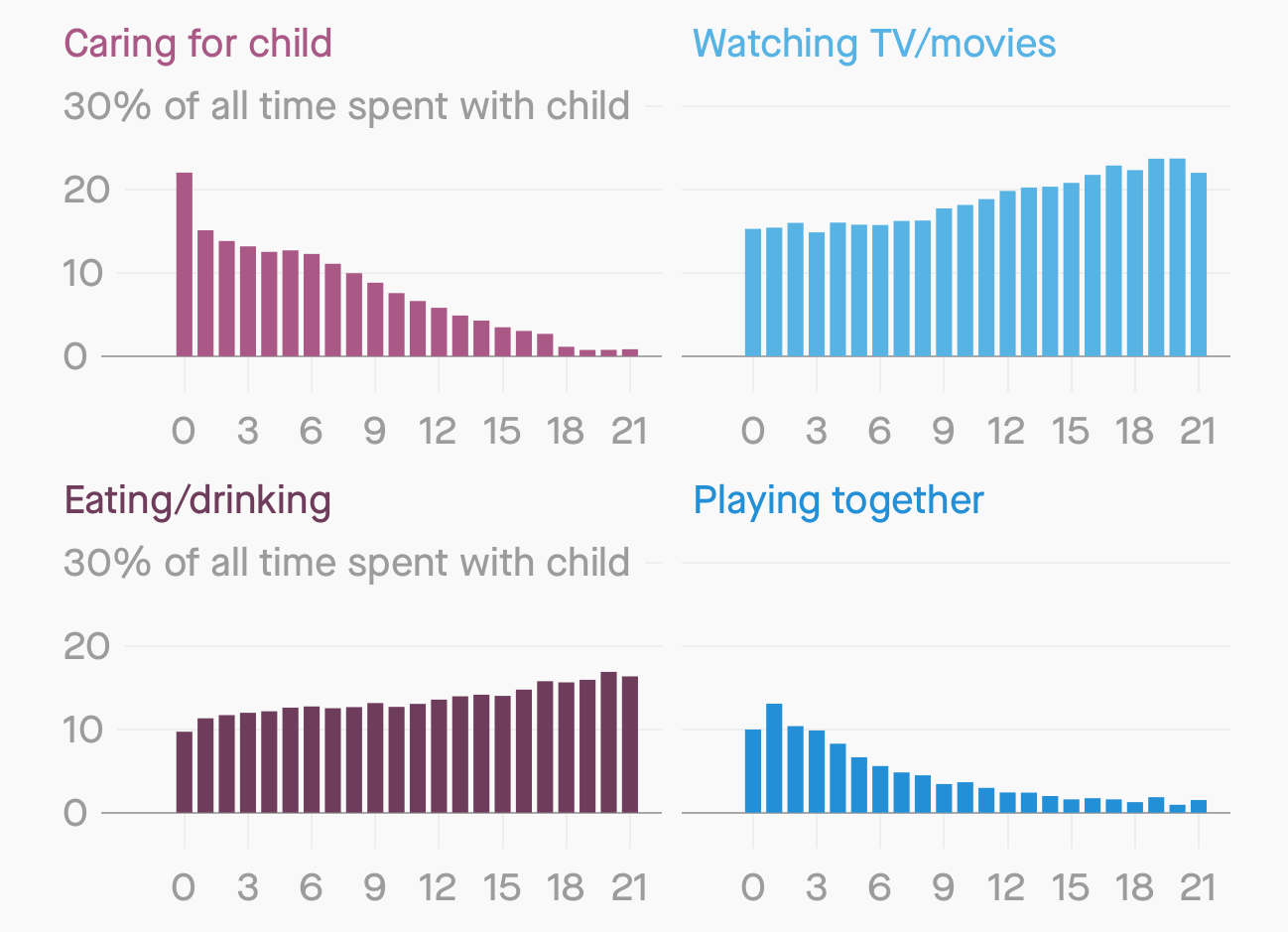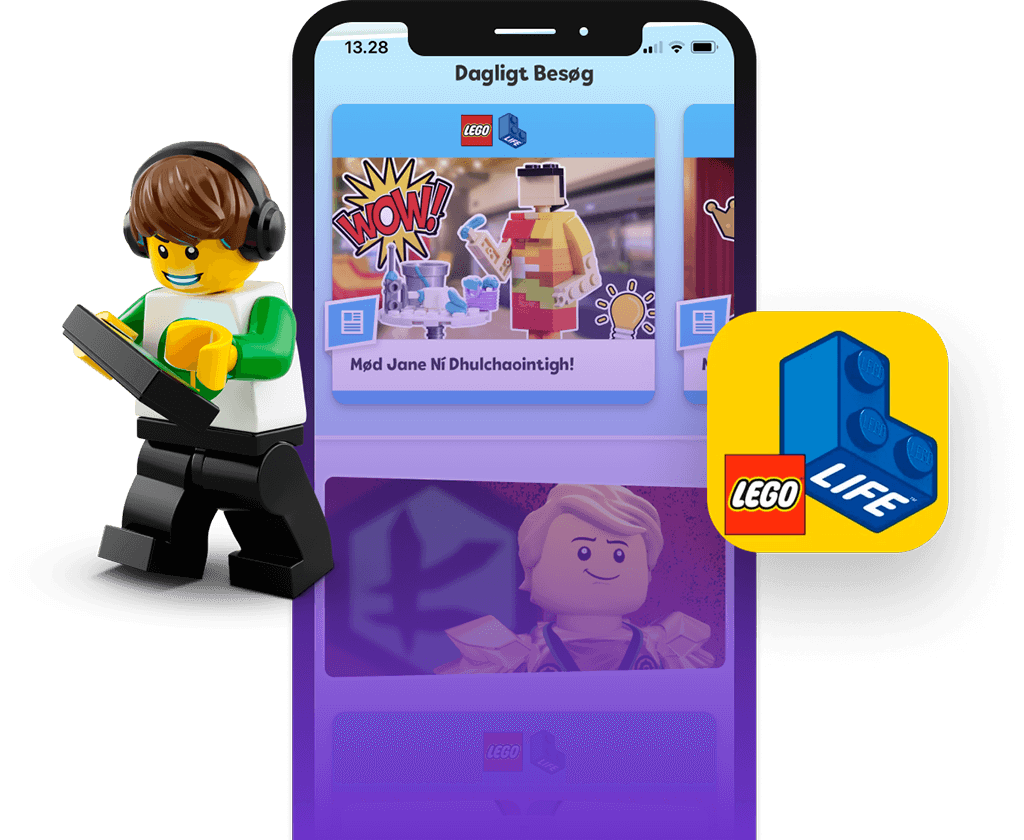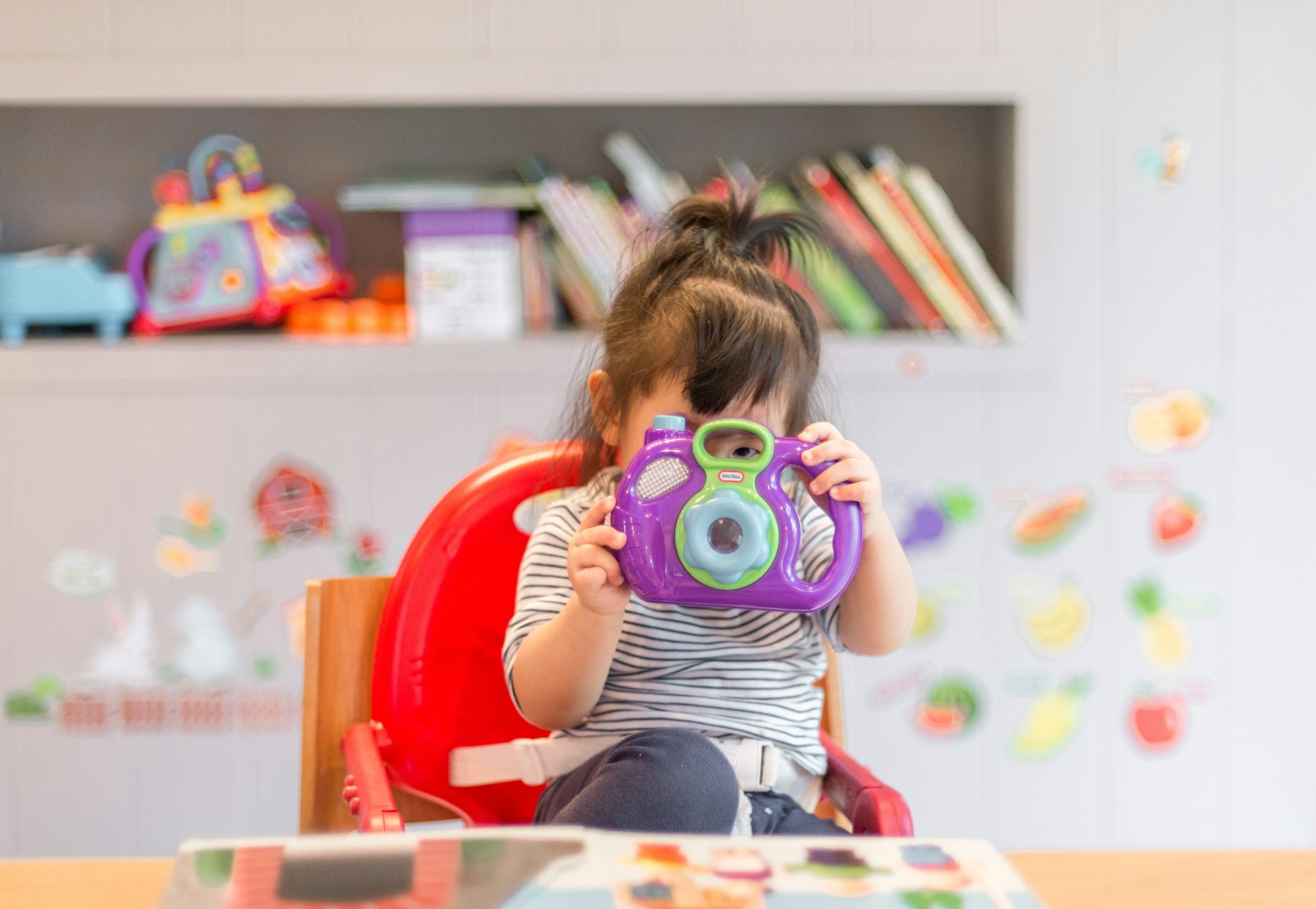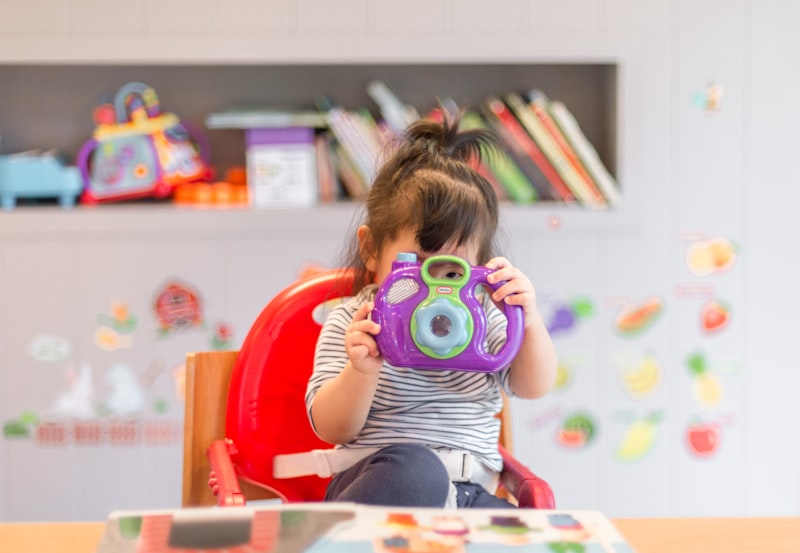As a father of a young kid, I've seen first-hand the staggering influence children have on family spending today. My toddler son Kabir points at every colorful thing bearing the shape of a car and baby food pouch with strawberry pictures on it, enchanted by the funny cartoons and bright packaging.
I started to realize - kids may not control the credit cards yet, but they have an uncanny power in guiding their parents' purchases, not to mention their own discretionary income. Yet bizarrely, most marketing still seems targeted exclusively at adults.
What if we took a youth-first approach as advertisers? Could we create more value while also forming life-long brand relationships starting from early childhood?
Let's dive in - here's how we can craft more playful, family-friendly marketing.

Modern Families Demand Thoughtful Marketing
Today's parents and kids have markedly different values and priorities compared to past generations. Some key shifts include:
- More focus on togetherness: Modern parents spend more quality time with kids despite busier schedules. Family activities, travel and experiential purchases are priorities over material goods.
- Concern over excess consumerism: Many parents actively limit children's exposure to brands and advertising to avoid over-consumption. Kids have less discretionary spending than in the past.
- Higher advertising literacy: Children develop cognitive defenses to advertising at a very young age. Sponsored YouTube and influencer content has made them more ad-savvy.
- Shift to mobile: Average US kids spend over 4.5 hours per day on mobile devices and tablets. Families frequently use devices together.
- Rise of user-generated content: Kids increasingly turn to platforms like YouTube where amateur creators make entertaining, relatable content for young viewers. Authenticity matters more than polish.

These shifts demand that modern family marketing is:
- Subtler - overt ads and slogans don't play as well
- Mobile-centric - phones and tablets rule kids' attention
- Value-driven - entertainment and enjoyment beat manipulation
- Authentic - families tune out slick/fake promotions
- Pro-social - giving back trumps consumption
Brands that embrace this reality will connect much more genuinely with youth and parents alike.
Provide Real Value for Families
The most successful youth brands today build deep relationships with children and parents by providing real value beyond just products.

For example, Lego's digital and mobile apps complement physical play with virtual adventures, games and building ideas. The company frames itself as promoting learning and development versus purely selling toys.
Life cereal similarly positions itself as the “Official Cereal of Family Game Night”, providing lighthearted entertainment the whole family can enjoy together rather than just targeting kids.

Chuck E Cheese builds their entire brand around joyful family experiences beyond just their arcade and pizza. They promote the idea of parents rediscovering childhood wonder.
Even snack brands like Mondelez's Honey Maid graham crackers focus less on taste and more on facilitating family connections - their latest campaign reminds parents to put down their phones and be present with kids.
| Brand | Core Value Offering |
|---|---|
| Lego | Facilitates childhood learning and development |
| Life Cereal | Brings family together for lighthearted enjoyment |
| Chuck E Cheese | Provides venues for shared family fun and wonder |
| Honey Maid | Snack graham crackers that momentarily disconnect parents from devices |
This “value beyond the product” approach allows family brands to charge premium prices while also insulating themselves from cheaper competitors. They build brand loyalty starting from a very young age.
Of course, digital experiences remain tiny parts of total family budgets - the above brands still rely on traditional retail distribution and mass-market advertising to drive the bulk of their revenue. More niche brands have an opportunity to get creative...

Embrace Subtler, “Snackable” Promotions
interrupts kids' limited attention spans. They've gotten extremely adept at mentally blocking out interruptive promotions.

However, more subtle, “snackable” messaging blended into content can still catch their interest without triggering cognitive defenses. For example:
- Short 5-15 second promotional segments in the middle of popular kid YouTuber videos
- Sponsored interactive mobile stickers and filters to embellish photos
- Amusing brand memes spread peer-to-peer on youth messaging platforms
- Promotional showcases in free mobile games (no interruptive video ads)
The key is keeping messages extremely brief while matching tone and format with platforms kids already love. Let their preferred content and experiences take the spotlight rather than inserting disruptive traditional ads. Participate authentically in existing youth culture - don't barge in clumsily.
For example, adhesive bandage brand Band-Aid recently partnered with Roblox, a massively popular online game community for kids. Instead of running straight video ads, they created an immersive positive emotional experience related to healing and wellness. It subtly aligned to Band-Aid's brand purpose while capturing youth attention and imagination.
Procter & Gamble took a similar approach with their Old Spice “viral memes” social media campaign targeted at teen boys. By propagating funny shareable content, the brand caught on like wildfire, driving a 107% sales increase.
Youth may ignore traditional commercials, but they love to participate in and spread brand stories. Even big consumer packaged goods players can capture youth attention with non-disruptive experiences Baked INTO social platforms and games.
Emerging Youth Marketing Channels
| Channel | Description | Brand Examples |
|---|---|---|
| Kid Influencer Content | YouTube videos and social posts from child stars and everyday kids with large followings | Ryan's World, Annie & Hayley comedy sketches |
| Augmented Reality | Interactive AR lenses/filters/stickers for social apps | Snapchat sponsored lenses, Instagram AR effects |
| Advergames | Free branded mobile games | Chuck E. Cheese app, Coke Energy mobile game |
| In-Game Advertising | Promotional assets placed subtly into popular existing games | Roblox bandage costumes (Band-Aid partnership) |
| Commentiquette Videos | Short comedic reaction clips teen content creators post about brands/products | Emily Dobson's cleaning products review comentiquettes |
Stimulate Word-of-Mouth & Kid Influencer Marketing
Today's kids trust recommendations from peers far more than brand advertising. 84% of children aged 6-11 rely on friends to learn about new products. Youth also closely follow kid influencers on YouTube and Instagram for guidance.

As such, aggressively stimulating word-of-mouth and influencer buzz is crucial for youth brands. Promotional tactics include:
- Creative press kits - provide key kid influencers with exclusive product previews and media assets to easily create video reviews, unboxing and more.
- Hashtag campaigns - launch creative social hashtags for kids to participate in and spread organically to friends. E.g. #WonderSnacksSummer showing new ways to enjoy your product.
- Engagement loops - encourage happy customers to take quirky social photos with your product then re-share their posts as user-generated content. Each 'like' further spreads brand impressions.
- Gamified referrals - similar to adult tactics, offer children prizes, status, and rewards for getting friends to try your product. Embed programs in mobile apps.
- Peer-to-peer samples - directly mail free product samples to current happy customers to share within their immediate friend circles, stimulating organic buzz.
Youth don't gather around TVs to watch commercials as in generations past - word-of-mouth is the new mass advertising. Fuel it creatively and aggressively.

Meet Young Audiences on Mobile

As noted earlier, mobile devices now dominate kids' attention, especially for entertainment content. Our agency Mischief Media's first-party data on youth digital habits reveals:
- 68% of daily video watching occurs on mobile phones and tablets
- 85% of kids under 13 use mobile devices to access games
- Roughly 30% of kids regularly use Instagram, Snapchat, and TikTok
Youth-focused marketing campaigns must therefore prioritize mobile experiences:
- Build dedicated mobile apps with branded games, quizzes, and entertainment baked-in beyond just ecommerce or product info. Make them social with sharing and community elements.
- Advertise prominently on youth YouTube channels as this is where kids spend most video time on mobile. Short 5-15 second mid-video ads perform well.
- Create AR interactive mobile lenses/stickers for popular apps like Snapchat and Instagram to drive engagement and sharing. Kraft Mac & Cheese reached 20 million impressions with Snapchat Sponsored Lenses.
- Publish light gamified social content natively on mobile platforms instead of simply re-purposing website or TV content. Of course be sure to match age-appropriate guidelines.
While TV advertising still plays a role particularly for seasonal product launches and campaigns, year-round efforts must live where kids actually pay attention - mobile.
The Future of Playful Youth Marketing
Marketing to children and families holds massive potential, but requires extremely diverse strategies compared to traditional B2C tactics. As kids' consumer behaviors evolve, what works today likely won't hold attention for long.
However, brands that provide genuine value beyond just products, participate authentically in youth culture, stimulate word-of-mouth instead of interruptions and meet young audiences on their preferred mobile platforms will continue winning children's hearts, minds, and allowances for years to come.
The world's most innovative youth brands don't just sell to kids - they grow up with them. By respecting young consumers, speaking their language and offering creativity over manipulation, we can craft marketing that's not just good for business but also makes positive impressions that last lifetimes.
That's the key to truly playful marketing - it's never just child's play if you do it right.






